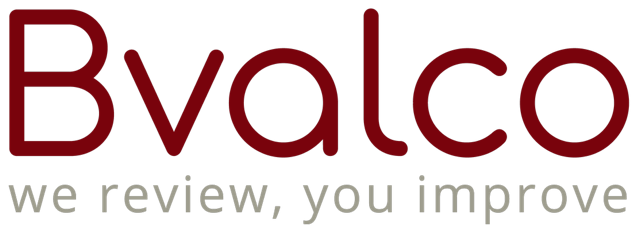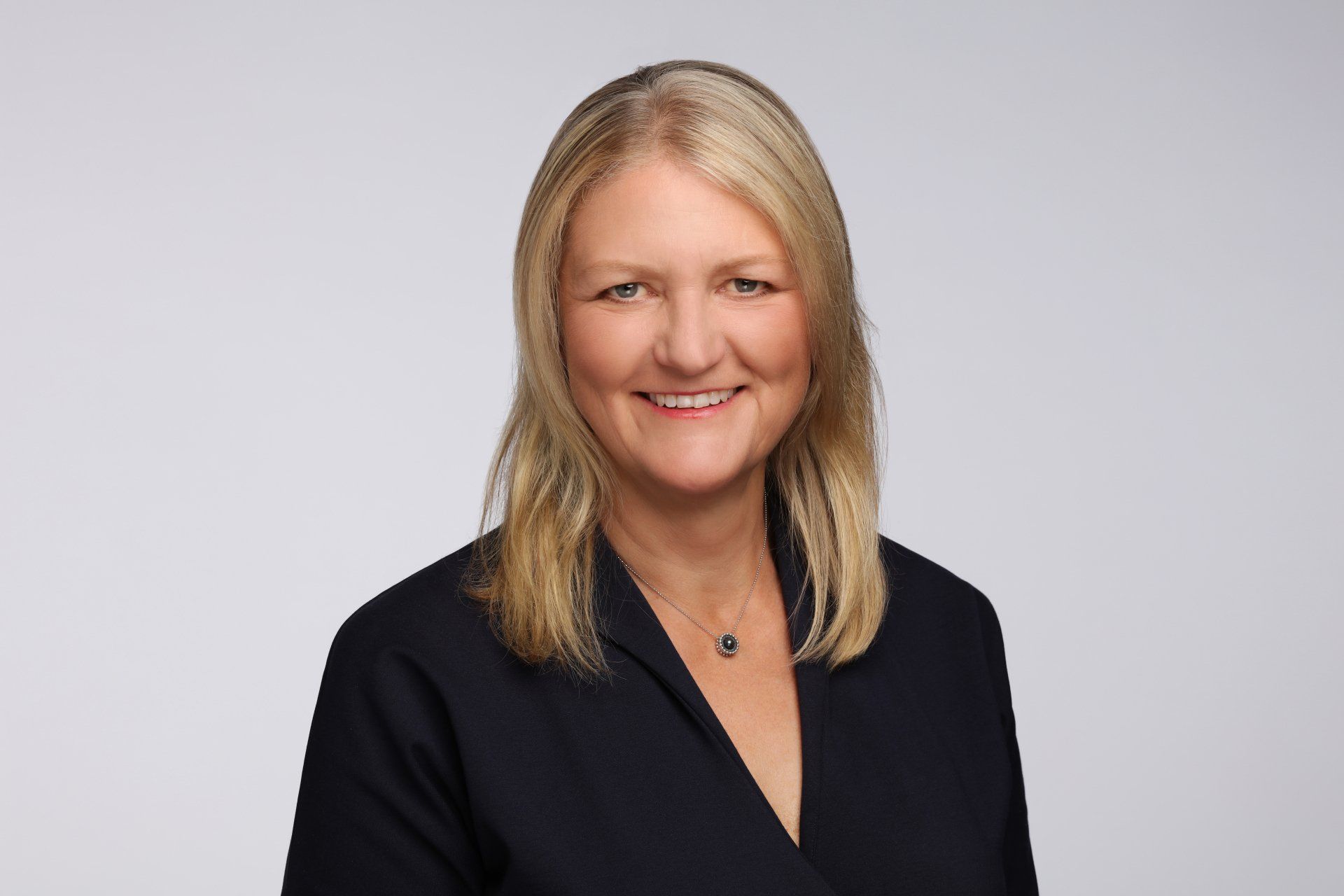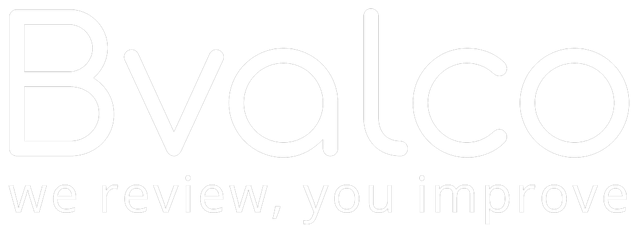Alison Gill is a behavioural psychologist, triple Olympian and the co-founder of Bvalco, a board evaluation consultancy focused on helping boards become fit for the future.
As most boards turn their attention to creating their strategy for the year ahead, a number of challenges remain in place. Not least the fact that many annual strategy days will be unable to take place in person due to social distancing.
This is a good thing. Not only does the annual strategy day rarely provide enough time for the high-quality strategic thinking now needed to navigate the challenges ahead, it typically results in the executive presenting its ideas to the board, when the best strategies also allow non-executives to contribute fully.
By replacing the annual strategy day with this highly effective six-step process, which can be easily broken down into four zoom meetings, over the coming weeks or months, the board as a whole can create a much more innovative and effective strategy that everyone can agree upon.
Six steps for creating a strategy for success in 2021
Good strategic thinking is cognitively exhausting. Instead of just researching where your business is at and the opportunities and threats (steps 1-2), before weighing up the pros and cons of the most obvious solutions to create a plan (steps 5-6), it also requires you to stretch your brain in new ways to find the answers that aren’t obvious (step 3-4).
Most people miss out this step because they try to come up with their strategy in one sitting. Yet great strategic thinkers know you literally have to sleep on things for your brain to make the connections needed to come up with new ideas. That’s why we often have our best ideas as we’re falling asleep, relaxing in the bath or mentally switched-off while on holiday.
So, make sure you and your board use all of the following six steps…
Step 1: What’s happening?
The first step to creating any strategy is to analyse the situation, strengths, weaknesses, opportunities and threats (SWOT), as well as the political, economic, social and technological influences (PEST). As with this, and the meetings to follow, be crystal-clear about the primary objective for the meeting to agree what’s impacting the business. Make sure everyone has a voice – what jumps out to one person will be different to another.
Step 2: Create insights
The next step is to look at what the research carried out in step one is telling us. Again, insist that people stay focused to ensure a high-quality discussion about where the business specifically wants to play or not play, what needs to be considered and what the major themes are. It’s critical to discourage people from jumping to solutions at this stage. Instead, ask: what other options do we have? What is the data telling us?
Step 3: Expand insights
This is perhaps the most important step, but one people often miss out. So, it’s good to run this step as a second meeting in its own right to allow people to digest the information given beforehand and sleep on their ideas and responses afterwards. This is the point when you want people to think really divergently and help each other to see different possibilities and connections (without shouting each other’s ideas down) to generate the conditions for creative, innovative and disruptive thinking over the crucial next steps.
Step 4: Form solutions
Having sought and considered good data, formed insights and started the creative process of expanding on initial ideas, this stage is about continuing to keep everyone thinking imaginatively when coming up with ideas. Encourage them to ask incisive questions without censoring themselves on the grounds that a suggestion might initially sound too unconventional or leftfield. The aim is for everyone to leave and mull over their ideas, perhaps testing them out on people in the business, to refine them further.
Step 5: Evaluate
After allowing the thinking to be divergent in the creative stage, it now needs to become convergent again, as the group moves towards weighting up the pros and cons of the various solutions put forward and finding consensus. At this stage, it’s important to avoid falling into thinking traps, ranging from confirmation bias (where people look to justify what they each wanted to do all along) to groupthink (where people try to create consensus too readily instead of challenging each other’s views).
Step 6: Decide
This step is as much about deciding how you’ll decide as what you decide. Because, if you think about strategy, there is no right or wrong. It’s what you decide to do and it’s an anxiety-provoking process, as it requires a group of people to commit to what they need to achieve and how they’re going to do that. If you’ve followed the steps, there should by now be a clear strategic intent which can be easily communicated to the rest of the business.
Tips for success
By having a clear process to ensure everyone can discuss ideas while they’re in the same stage (instead of someone brainstorming while someone else is preoccupied with weighing up pros and cons or dismissing ideas floated earlier on), you can help people to have high-quality strategic conversations. Not just when creating the strategy, but when revising it as circumstances change or looking at how best to operationalise it to make it a reality.
It can also be helpful to have an independent external facilitator to keep the process moving in the right direction, and so that both the CEO and chair can contribute fully to the process, instead of having to facilitate themselves.
If you would like to discuss the opportunities for one of our team to help you create and facilitate your strategy process, please call us on 07770 668776
Share this article on LinkedIn!




